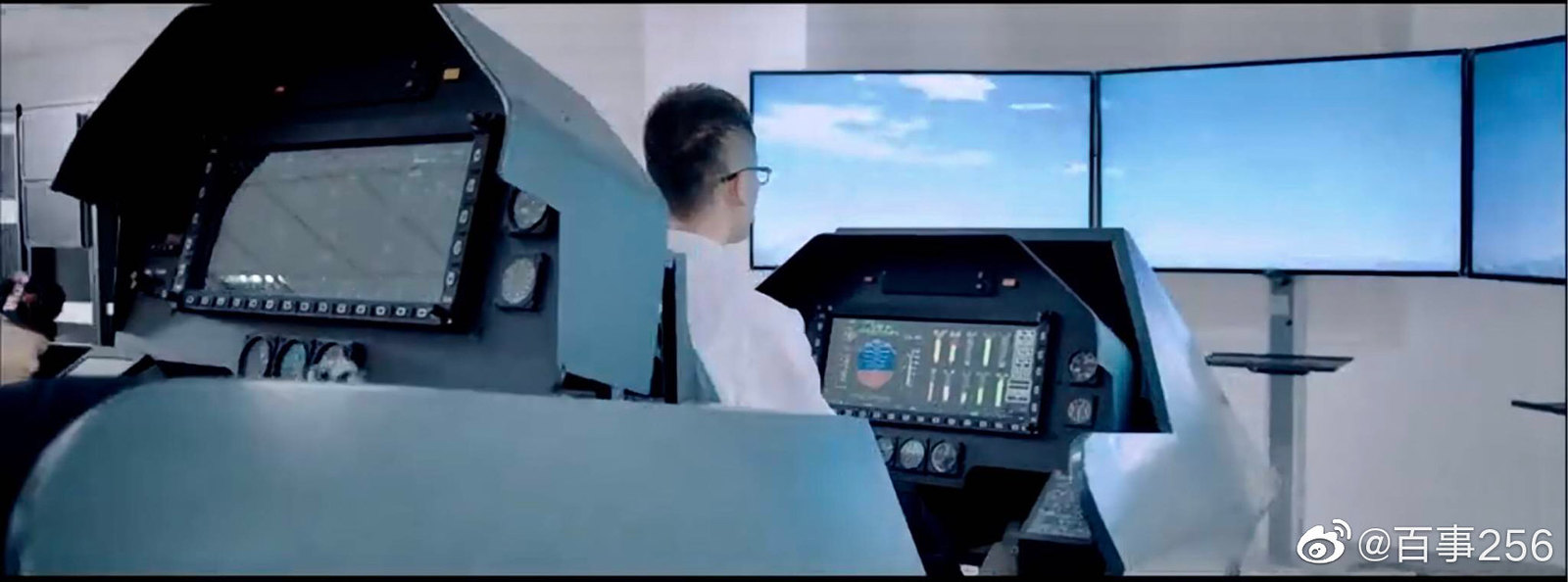manqiangrexue
Brigadier
2 thoughts:
1. That's kinda cool. I've never been into Gundams or cartoon figurines and I'm well over the appropriate age range but I kinda want one if it's under $20.
2. Holy hell am I glad that the underside of a J-20 doesn't look like that...

